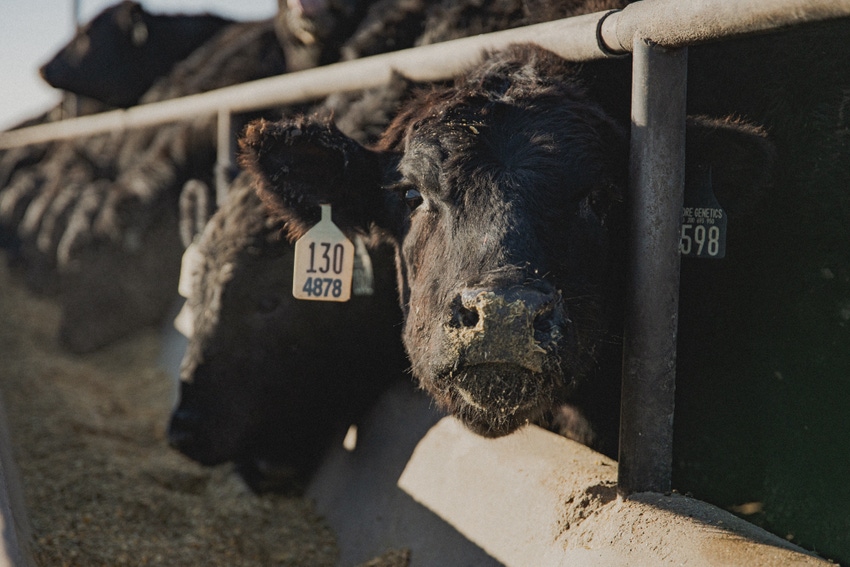Changes on dairy farms an opportunity for beef industry
New RaboResearch report details benefits of beef-on-dairy cattle as well as challenges to overcome.

Technological advancements and economic necessity have changed breeding practices on dairies, creating more calves that are fully functional in the beef industry and higher-quality beef with Choice and Prime grades. This development can be a win-win situation once beef and dairy producers bridge the economic, business and cultural gaps between the two industries, according to a new RaboResearch report, “Dairy Calves Get a Beef Makeover.”
Report author Don Close, senior animal protein analyst with Rabo AgriFinance, explained that the struggling dairy economy and eroding fluid milk prices from 2016 forward caused dairy farmers to look for alternative sources of income.
“Dairies were clearly at a point where they had cut all of the costs that they could possible cut and were looking for a way to supplement income. Getting money out of the calves was one way of doing this,” he explained.
The practice of breeding a share of a farm’s dairy cows with a beef-breed bull provides dairies with an additional income stream, and using genetic selection enables dairies to be much more efficient in developing desired herd replacements, he explained. Moreover, beef-on-dairy crossbred cattle are creating high-quality carcasses with the improved muscle conformation desired by meat processors.
When the beef-on-dairy concept first started, Close said producers were taking any beef bull they could find and putting it on dairy cows, but “the results were really, really mixed.”
Close said it took a fair amount of development and trial and error before producers really started lining up those parental matches. Some kind of Continental breed base or cross with 25% Angus has proved to work best in the program and has really elevated grading percentages, he added.
“Continental breeds provide the muscling to convey that definition of muscle to that dairy cow to get the rib, the loin of those animals, to fit under a conventional beef expectation,” Close said.
On top of the premium over raising dairy steers, Close said the right mix of breeding has also qualified some of the beef-on-dairy cattle for Certified Angus Beef.
“Careful management and experience are driving success, and performance is starting to explode as the industry improves its understanding of the best genetic matches and how to manage and feed beef-on-dairy calves,” Close noted.
Despite the success of the program, Close said the relationships between buyers and sellers will be crucial moving forward.
The report relayed that there are still some gaps between dairy producers and cattle feeders in their opinions on what the most important aspects are to breed and manage for, as well as on pricing. “Success will require cattle feeders and dairy producers to form relationships and communicate expectations,” Close said. “I expect the supply of beef-on-dairy calves to increase significantly in 2020 and continue to climb over the next three to five years to a level where more than 10% of cattle in U.S. feedyards will be beef-on-dairy crosses.”
The report also notes the sustainability benefits of the changes. Close explained, “Compared to conventional dairy calves, beef-on-dairy animals are more efficient feed converters, reach full weight three to four months earlier and have a higher percentage of red meat yield. This system reduces greenhouse gas emissions for the cattle industry.”
About the Author(s)
You May Also Like




